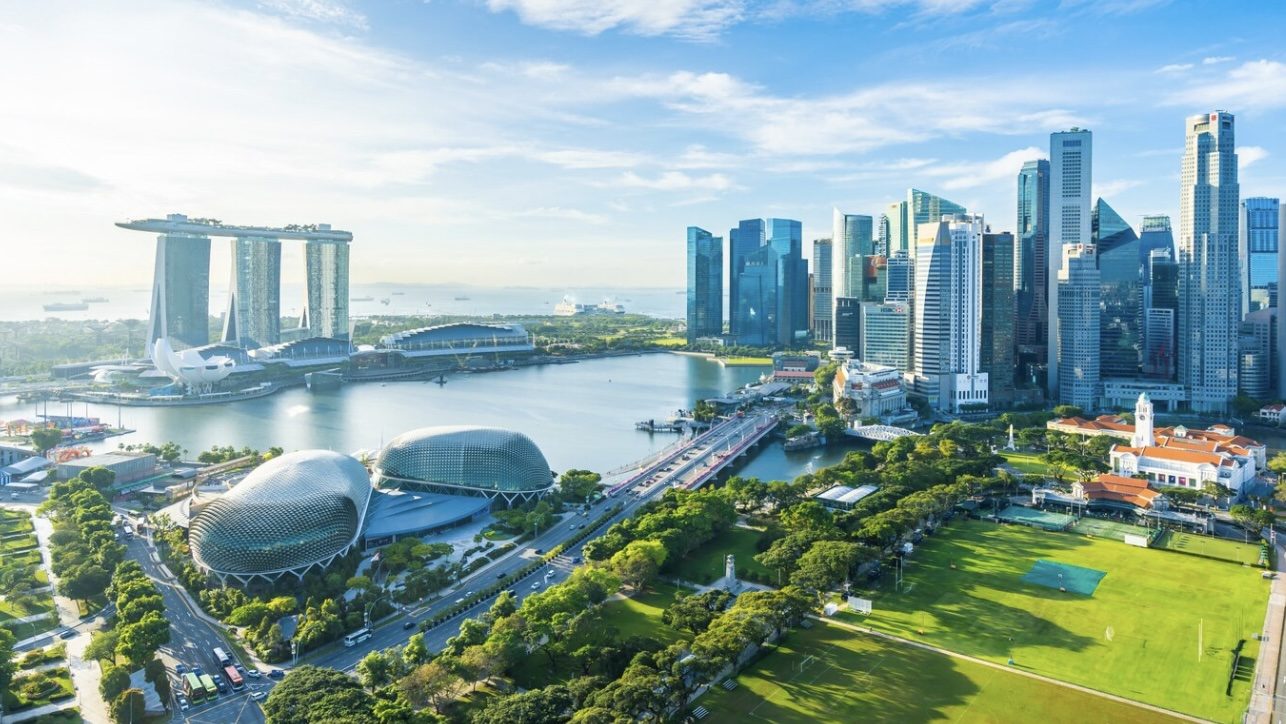SINGAPORE: Singapore continues to draw strong interest from Chinese travellers, ranking among their top overseas destinations, according to fresh data from Alipay. The digital payments giant has seen a surge in activity from Chinese users abroad, offering a window into how travel habits are evolving.
Along with perennial favourites like Hong Kong SAR, Japan, Macao SAR, South Korea, Thailand, and Malaysia, Singapore remains a key stop for Chinese tourists. Further afield, France, Switzerland, Italy, and Canada also feature prominently on the list of most-visited countries.
Rather than sticking to traditional group tours, many are opting for more personalised, local experiences. Spending patterns have also shifted, with more interest in local transportation, cultural activities, and niche experiences.
Switzerland recorded the highest average spending per Alipay user, while in South Korea, the figure exceeded US$100 (around S$135), fuelled in part by a rise in medical tourism, especially for cosmetic treatments.
Public transport is also gaining popularity among Chinese travellers. One of the most significant shifts highlighted in the report is the surge in spending on public transportation. Alipay reported a 53% year-on-year increase in transit-related transactions, reflecting a growing tendency among travellers to navigate destinations like locals. Public transport payments, especially in Hong Kong and Macao, have become the most frequently used Alipay service, with tourists increasingly taking subways and buses using the platform.
Beyond East Asia, Chinese tourists are leveraging Alipay’s features to navigate European countries as well, purchasing train tickets and using shared bicycles—particularly in Japan and across parts of Europe—via the app.
Alipay’s real-time tax refund service saw a noticeable jump in activity, as well, with a 33% increase in the average refund amount per transaction compared to last year.
More travellers are also taking advantage of Alipay’s instant discount offers, with uptake rising by a hefty 46% during the recent New Year’s holiday period, indicating a more cost-conscious yet digitally savvy tourist demographic.

